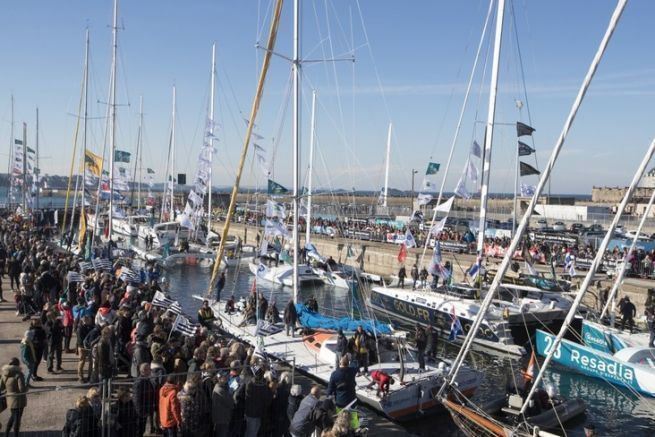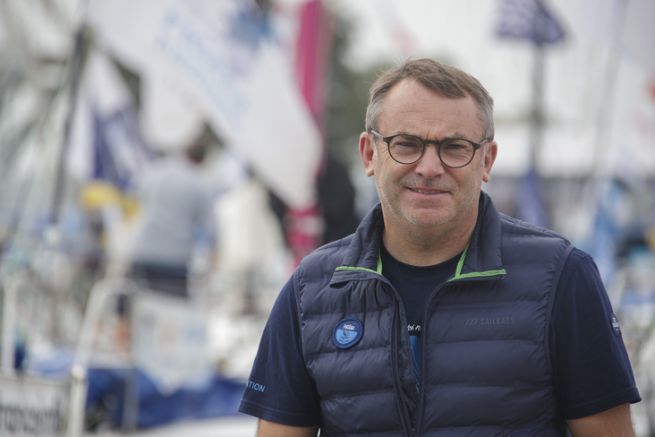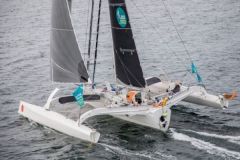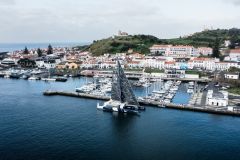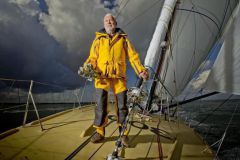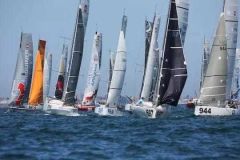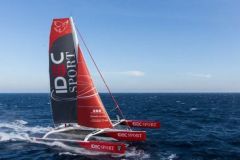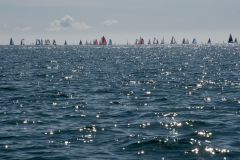We discovered in the first part that the Route du Rhum is a race that is prepared up to three years before the start. Most of the administrative tasks are to plan and organize the race in advance. The work of the race organization intensifies once the start is given, since it is a non-stop watch that the race organization ensures. After the finish, the mission is far from over, as Francis Le Goff explains.
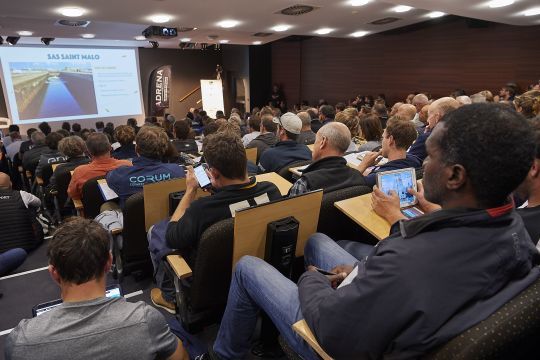
Once the start is given, how do the tasks of the race director evolve?
As soon as the boats leave, the race management is on watch 24 hours a day. We have the tracker under control, we check the position of the boats every half hour. When we have a doubt, we refine to 1 minute. There is always someone on watch within the race organization, the technical teams or the emergency services, the three main bodies.
It is up to the race organization to scale the crisis management on different levels. In most cases, it is a management between the sailor, the team and the race director. For example, we notice that the skipper is going slower, we get in touch and he explains that he is doing a repair at sea. No one knows, everything goes well and the race resumes its course.
Secondly, there is the case where the integrity of the boat could be affected. Does the sailor have to make a stopover or not? The crisis unit is expanded. We notify the family, we adapt the communication. Some want to remain under cover of secrecy, others prefer to say a word right away. Technically, we monitor the safety aspect of the maneuver.
Finally, when the beacon has been triggered, we move on to a higher stage. We are in contact with the technical team, the sailor and the rescue services. We close all the doors and we can call on additional experts, such as a meteorologist, to get information on the sea, the waves
We are in permanent contact with the runners. They have the numbers in their phone, visuals in the survival canisters and on the map table with all the necessary contacts to reach us in case of problems. Before, there was only iridium, now we can communicate via WhatsApp with the entire professional fleet. It generates less stress on the ability to reach them. If they don't answer, but you can see that the message is read, you don't have to worry as much as before.
On the Route du Rhum Destination Guadeloupe, there are no safety shifts like there are on the Solitaire du Figaro, twice a day. The only communication we have with the sailors is when there are problems. During their euro shifts, which are organized by the communication department, we listen to get information on how they are doing. This can alert us to some potential problems.
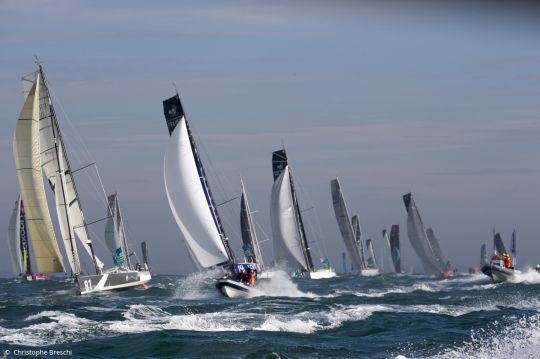
After the finish, it's finally time to rest for the raceeuros management?
After the race, we make a hot assessment with the authorities to freeze the things which worked and conversely. This allows us to have a basis for the next race, whatever the direction. It is important to do this work.
Then, we have the award ceremony at the Paris Boat Show, which marks the end of one cycle and the beginning of a new one. We finalize the Retex (feedback) about 3 months after the arrival with the Maritime Prefecture. In March 2023, we will make an assessment of the facts that we will share and then we will enter a period of sleep for about a year before restarting the protocol the following spring.


